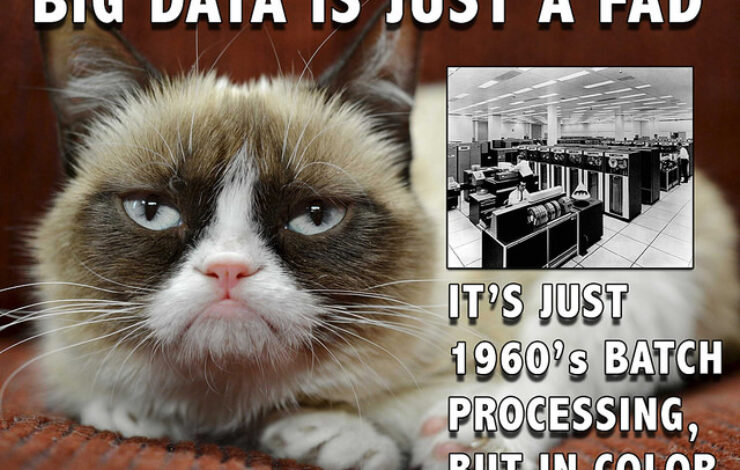Workplace Intelligence
With all the talk of “big data,” I’m always amazed at the opportunities we squander to work with small data.
I was working with a client recently that has a really strong culture. They’ve been working very hard at it for more than a year now, because they actually had to turn the culture around, from a standard fear-based culture (the only time you saw a boss in your part of the office was when someone was in trouble) into one that really cares about both the employees and exceptional performance. And they’ve done a fabulous job. Their turnover rate dropped from something like 38% to 17% in a year, and this is in an industry with a fairly high turnover rate in general.
But even amidst that success, they realized that something was missing. They didn’t have a lot of information on what their employees were really thinking. They knew anecdotally, but if you really want to design an organization around the needs of the employees, you need some real and rich data from the employees themselves. In When Millennials Take Over, we identified four key organizational capacities, and the first one was Digital. In the digital mindset, the organization is designed around the needs of the user, which includes the employees.
That requires data. Not big data. Not data that you need a supercomputer to analyze. But real and regularly collected data on employee thinking, experience, hopes, dreams, aspirations, challenges, and frustrations. Data on what really drives success and effectiveness in your organization. When you are disciplined about getting the data, you end up with the ability to make smarter decisions about how to run things.

